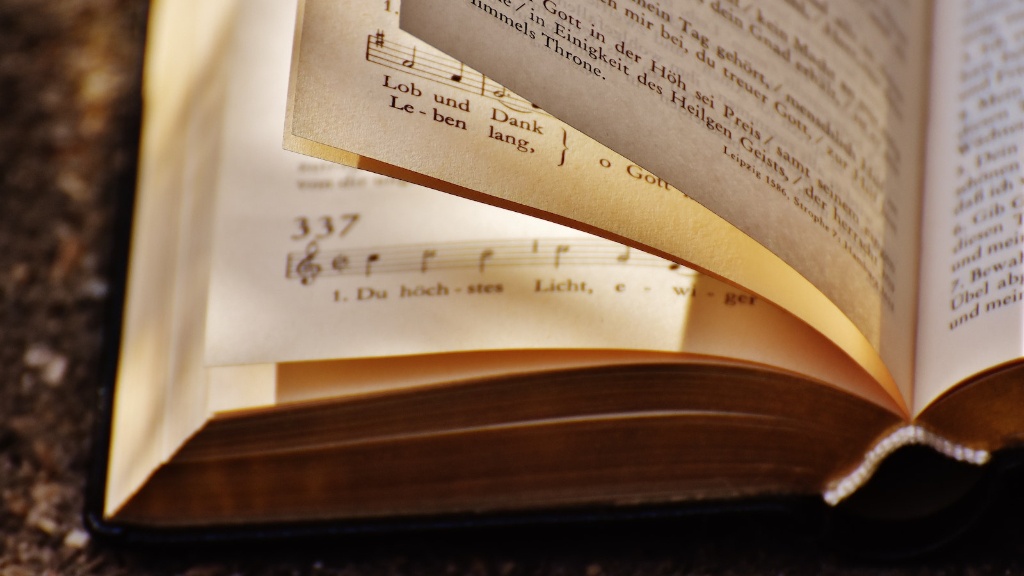What is Imagist Poetry?
Imagist poetry is a form of modernist poetry that is focused on providing a powerful experience of images within the poem. It was originally published in collections such as Ezra Pound’s Certain Noble Plays of Japan and Sceptre Magazine. Imagist poetry uses the power of imagery to convey a message without relying on metaphorical language. It emphasizes the importance of visual elements and descriptions of nature, along with a focus on words with meaning. Imagist poetry is often seen as a key movement in the development of modernism.
The Imagist Poetry Movement
The Imagist poetry movement was mainly developed by poets such as Ezra Pound, Hilda Doolittle, and William Carlos Williams. These poets believed that traditional poetry was too heavy on rhetoric, and instead sought to create poetry that focused on direct images and objectivity. They rejected the prevalent use of allegory and symbolism in poetry, and instead chose to focus on concrete, literal images.
The Imagist poets believed that the structure of poetry should be considered as much as the content of it. They chose to focus on the sound of language rather than the traditional use of rhyme and meter. This made their poetry more direct and easily understood. Additionally, they believed that literary devices and figures of speech should be used sparingly in order to allow the images to speak for themselves.
How to Write Imagist Poetry
Writing imagist poetry requires a close attention to detail and an eye for vivid images. To get started, it can be helpful to form a few images that you would like to explore in your poem. This can be something from nature, a cityscape, or a vivid memory. Once you have an idea of the images you would like to write about, it can be helpful to begin writing down your thoughts and ideas on a piece of paper. This helps to capture the flow of the poem and keeps you on track as your poem develops.
Next, develop your images further by adding details. Imagist poetry requires the use of concrete and descriptive language to bring the images to life. This involves not only the description of the scene itself, but also the sensations that are evoked by it. It can be helpful to imagine yourself in the scene, and describe the physical sensations that come along with it.
Once your poem is brimming with imagery, pay attention to the structure of the poem. How can you arrange the lines to create a more powerful experience for the reader? The Imagist poets used structure to great effect. Consider breaking your poem up into smaller sections, or try using repetition to give it structure.
Emotions and Style
Imagist poetry is meant to evoke powerful emotions in its readers. As such, it is important to consider the style of writing that will be most effective. Consider using simple, direct language to convey powerful emotions. Alliteration and assonance can also be used to great effect.
Furthermore, consider the pacing of the poem. Imagist poetry requires careful placement of moments of tension and release. Is there a certain image or phrase that you want to emphasize in the poem? Pay close attention to the placement of those words in the poem to maximize its emotional impact.
Eliminating Rhetoric
The Imagist poets wanted poetry to be free from rhetoric, as they believed that it was too abstract and hard to decipher. To achieve this, it can be helpful to eliminate abstract language and instead focus on concrete, literal descriptions. Avoid language that is vague, and instead create vivid, life-like descriptions. This helps the poem to become more direct and easier to comprehend.
Finding Inspiration
Finding inspiration can be difficult when it comes to writing imagist poetry. As such, it can be helpful to explore the work of the Imagist poets, or other modernist poets such as Wallace Stevens and William Butler Yeats. Observing these poets’ use of imagery and structure can help to shape your own approach to imagist poetry.
Appreciating Imagist Poetry
The power of imagist poetry lies in its ability to evoke powerful emotions with vivid imagery. As such, it is important to appreciate imagist poetry for its beauty and emotion. Take time to read and re-read your poem, and take in each image as if you were seeing it for the first time.
Modern Day Examples
Modern poets continue to be influenced by the imagist poetry movement. Poems such as “The Trout Swims Downstream,” by Mark Bibbins, and “The Mountain vs The Sea,” by Richard Siken, demonstrate the power of imagist poetry in the modern age. These poems use vivid imagery, along with the modern day rhythm of everyday life, to create beautiful yet powerful imagist poems.
When writing imagist poetry, it is important to be mindful of the way that the images are used and interpreted. Be mindful of language that can be seen as offensive or insensitive, particularly when writing about nature, religion, history, or any other significant topic. Furthermore, use imagery that readers will be able to understand and appreciate.
Combining Forms
Imagist poetry is not limited to one specific form. Instead, imagist poetry can be combined with other forms of poetry. It can be fused with traditional forms such as the sonnet or pantoum, or combine elements of prose with poetry to create a unique style of poetry. Exploring these forms can help to create powerful and engaging imagist poetry.
Exploring Other Formats
Imagist poetry is not limited to the print medium. Instead, imagist poetry can be explored in other formats, such as spoken word performances or videos. Exploring these formats can help to bring imagist poetry to life in a new way, motivating readers to engage with the poem differently.
The Benefits of Imagist Poetry
Imagist poetry is a powerful form of poetry that has the potential to evoke powerful emotions in its readers. Through the use of vivid images, imagist poetry can help to transport readers to new places, encouraging them to explore new perspectives. Furthermore, the use of vivid imagery can help to draw readers in and create an atmosphere of imagination and creativity.
Conclusion
Writing imagist poetry requires skill and finesse. Consider the power of imagery and the emotions that can be associated with it, and strive to create a vivid poem that will evoke powerful emotions in its readers. Allow the images to come alive in the poem, and create a beautiful yet powerful narrative. Take inspiration from the work of Imagist poets, and use structure and sound to enhance the images in the poem.



